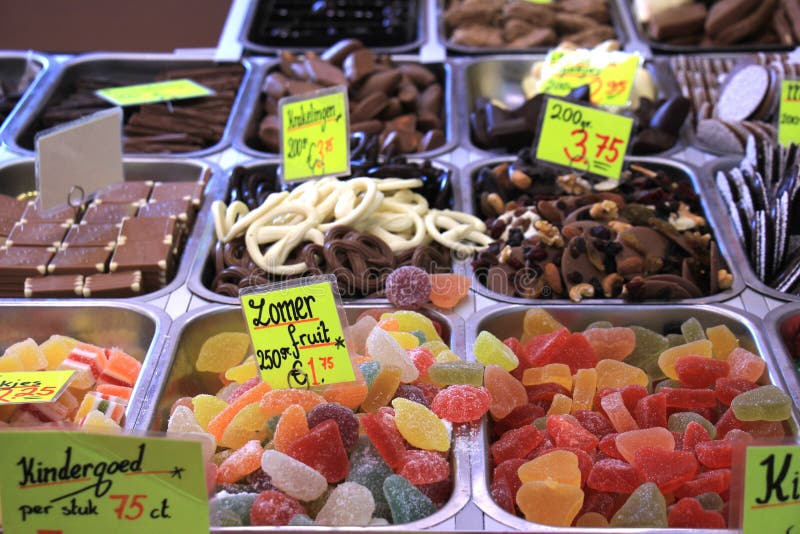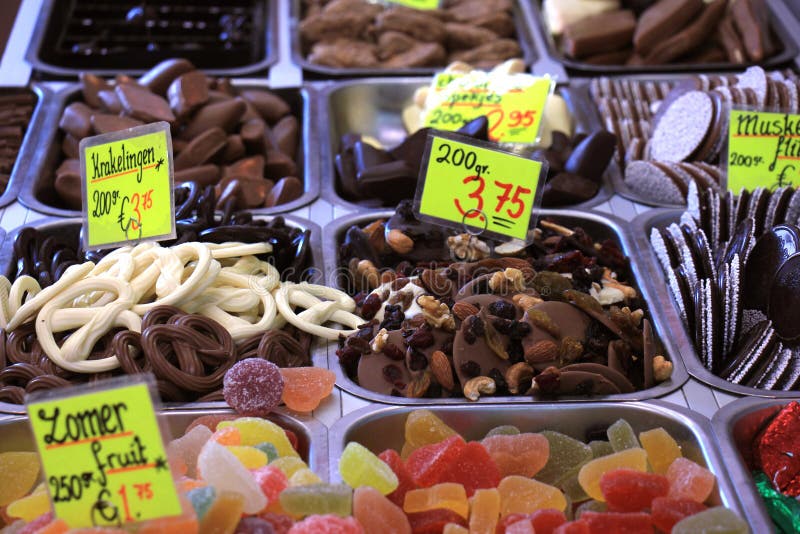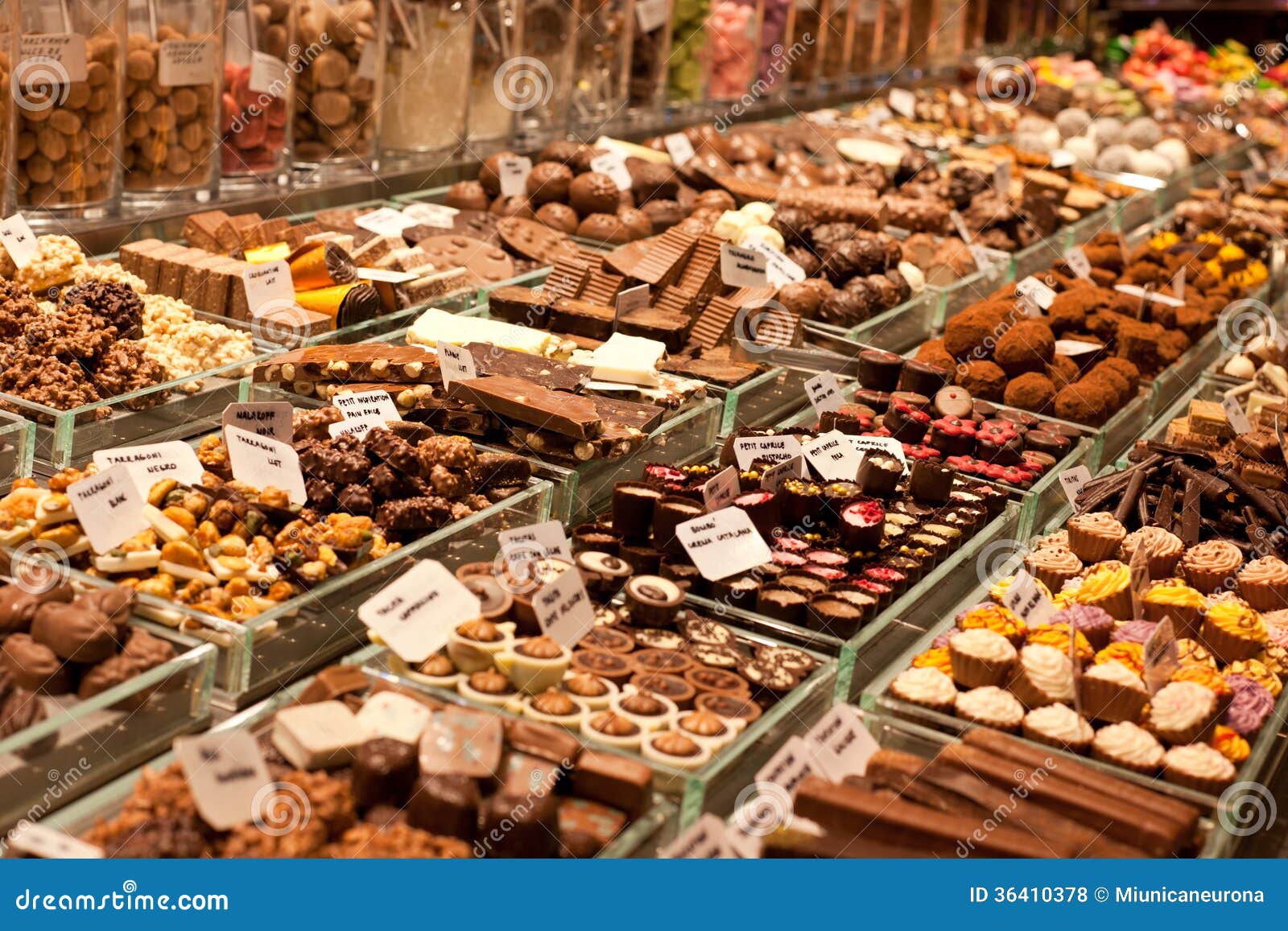Chocolate Market Growth: Trends, Stats & Top Companies!
Ever wondered about the sheer magnitude of the world's affection for chocolate? The global chocolate market isn't just big; it's a colossal, ever-expanding force that's reshaping economies and consumer experiences worldwide.
The numbers paint a compelling picture. Projections indicate a surge from USD 114.17 billion in 2025 to a staggering USD 145.33 billion by 2030, fueled by a Compound Annual Growth Rate (CAGR) of 4.95%. This robust growth trajectory underscores chocolate's enduring appeal and its increasing integration into various aspects of modern life, from everyday indulgences to sophisticated culinary experiences. Consider also the revenue generated in the chocolate confectionery market, which is anticipated to reach US$140.12 billion in 2025, demonstrating the immediate and substantial impact of this sector. The broader confectionery market in the U.S., a hub of innovation and consumer trends, is valued at over $83.54 billion in 2024, according to Statista. This includes a diverse range of treats, such as chocolate confectionery, sugar confectionery, ice cream, and preserved pastry goods and cakes, reflecting the varied preferences of consumers.
The candy market in the U.S. alone was estimated at USD 16.5 billion in 2023 and is expected to grow at a CAGR of 4.9% from 2024 to 2030, indicating a parallel upward trend in the wider confectionery landscape. These figures are not merely statistics; they represent real shifts in consumer behavior and economic dynamics, driven by factors such as evolving tastes, increased disposable incomes, and the globalization of culinary influences. Breaking it down further, the global chocolate market size was estimated at USD 119.39 billion in 2023 and is anticipated to grow at a CAGR of 4.1% from 2024 to 2030. The forecasted segmentation by type within the chocolate retail market from 2025 through 2029 provides granular insights, allowing businesses to tailor their strategies to specific consumer preferences.
- Camilla Araujo Onlyfans Leak The Full Story What It Means
- Ray Chen Discover His Life Music Relationships Hot Scoop
Historical data from 2019 to 2024 highlights the market's resilience and adaptability, providing a solid foundation for future forecasts. Market share data for dark, milk, and white chocolate candy in the U.S. for 2023, 2024, and projected for 2029 offers a glimpse into changing consumer tastes and preferences. Similarly, retail sales data of chocolate candy in the U.S., categorized by product type for 2023, 2024, and 2029, enables businesses to fine-tune their product offerings and marketing strategies to maximize profitability. Furthermore, sales data segmented by holiday season for 2023, 2024, and 2029 reveals the crucial role that special occasions play in driving chocolate sales, allowing retailers and manufacturers to prepare targeted promotions and offerings.
Europe currently leads as the largest chocolate market, boasting $45 billion in chocolate sales projected in 2022. Meanwhile, China's chocolate market is projected to reach $4 billion by 2025, underscoring the growing appetite for chocolate in Asia. The global chocolate industry is estimated to be worth $127.9 billion in 2024, showcasing its substantial economic impact. The dominance of a few key players cannot be overstated. Ferrero International SA, Mars Incorporated, Mondelz International Inc., Nestl SA, and The Hershey Company stand as the titans of the chocolate world, wielding significant influence over market trends and consumer choices. Their strategic decisions, product innovations, and marketing campaigns shape the competitive landscape and set the tone for the industry as a whole.
However, the chocolate industry isn't without its challenges. The reliance on a small number of cacao-producing countries introduces vulnerabilities in the supply chain. In 2021, just two countries accounted for over 60% of the global cacao supply, highlighting the geographical concentration of production. Adding to the complexity, only a small fraction approximately 3.1% of the world's cocoa is certified organic, raising concerns about sustainability and ethical sourcing. These factors underscore the need for greater transparency and responsibility within the industry to ensure a sustainable and equitable future.
- Telugu Movies Buzz Movierulz More Whats Streaming Now
- Morgan Vera Onlyfans Leak What You Need To Know Prevention Tips
Innovative companies like Sugarfina are disrupting the traditional confectionery landscape by reimagining childhood candies with sophisticated flavors and upscale packaging. Their approach reflects a growing trend toward premiumization and personalization, as consumers seek unique and elevated experiences. This shift is also evident in the rise of artisanal chocolatiers, such as Esther Price and Ghyslain, who offer handcrafted chocolate bars and confections that cater to discerning palates. As urbanisation continues to rise, along with the increased purchasing power among the middle class, regions like Bangladesh are seeing a surge in demand for candy and chocolate. The affordability and accessibility of these products further fuel market expansion, creating new opportunities for both domestic and international brands.
Beyond the major players, several retailers are making significant strides in the chocolate and candy market. See's Candies, for example, offers a wide array of delicious gifts and candy treats suitable for all occasions, emphasizing quality and tradition. World Market provides discounted candy and chocolates, featuring unique varieties and great prices, catering to budget-conscious consumers. Dorothy Lane Market offers a curated selection of gourmet chocolate candy and treats, emphasizing premium quality and artisanal craftsmanship. These diverse retailers contribute to the vibrant and dynamic nature of the chocolate and candy market, each offering a unique value proposition to consumers.
Special occasions play a pivotal role in driving sales and fostering emotional connections. Valentines Day, Easter, Halloween, and the winter holidays are prime examples of moments that bring people together through the sharing and gifting of candy, chocolate, gum, and mints. These festivities provide retailers and manufacturers with opportunities to create themed products, promotions, and experiences that resonate with consumers on a personal level. Furthermore, the introduction of novel flavors and product formats continues to stimulate consumer interest and drive sales. Jack 'n' Jill XO, for instance, offers an array of flavors, including coffee, chocolate, milk tea, and butter caramel, appealing to diverse taste preferences. These innovations contribute to the ongoing evolution of the chocolate market, ensuring its relevance and appeal in a rapidly changing world.
The confectionery market in Canada is valued at CAD 5.2 billion in 2023, with an expected annual growth rate of 3.7%, indicating steady expansion in the North American market. However, not all markets are created equal. In Bangladesh, foreign brands dominate roughly 60% of the candy and chocolate market, with popular names like Alpen Liebe, Air Action Mentos, and Pnut capturing a significant share of consumer spending. This dominance highlights the importance of understanding local market dynamics and tailoring strategies to specific cultural and economic contexts.
Chewy candy generated approximately $4.6 billion in U.S. sales in 2021, demonstrating the enduring popularity of this segment within the broader confectionery market. From classic caramels to innovative fruit chews, these treats continue to appeal to consumers of all ages, driving significant revenue for manufacturers and retailers. In conclusion, the global chocolate market is a complex and dynamic ecosystem characterized by robust growth, fierce competition, and evolving consumer preferences. As the market continues to expand, stakeholders must adapt to changing trends, embrace innovation, and prioritize sustainability to ensure long-term success. From the dominance of major players like Ferrero and Mars to the rise of artisanal chocolatiers and the growing demand in emerging markets, the chocolate industry offers a rich and diverse landscape for businesses and consumers alike.
- Vegamovies Guide Legally Stream Movies Tv Shows Online
- Jameliz Onlyfans Leak The Privacy Fallout Whats Next

Candy and Chocolate Market Stall Stock Photo Image of white, dessert

Candy and Chocolate Market Stall Stock Image Image of group

Chocolate Market stock photo. Image of celebration, department 36410378